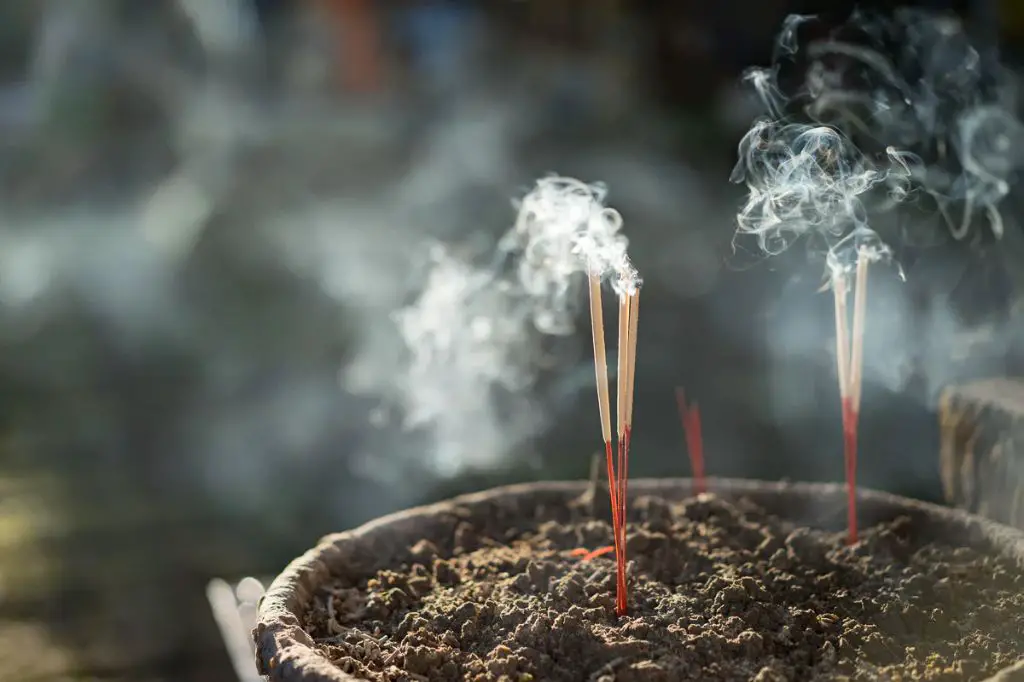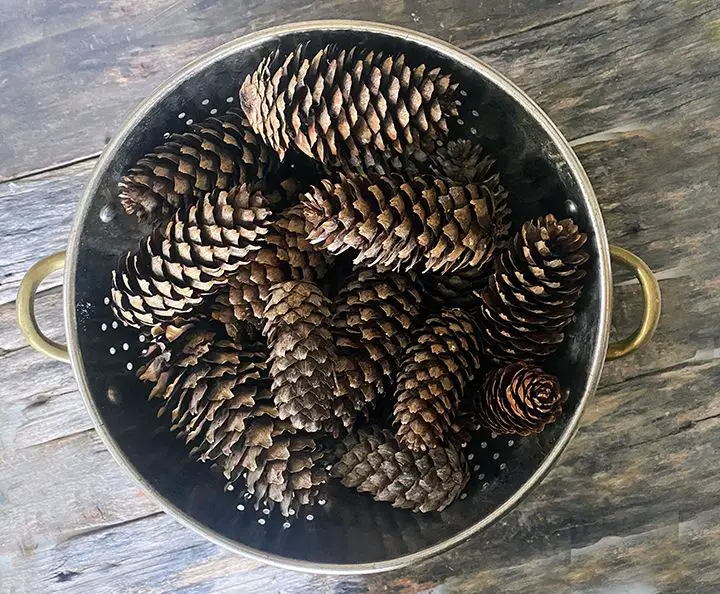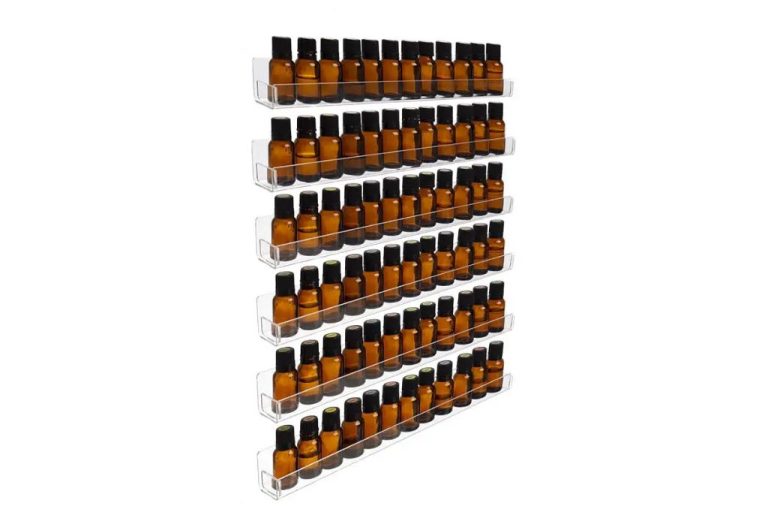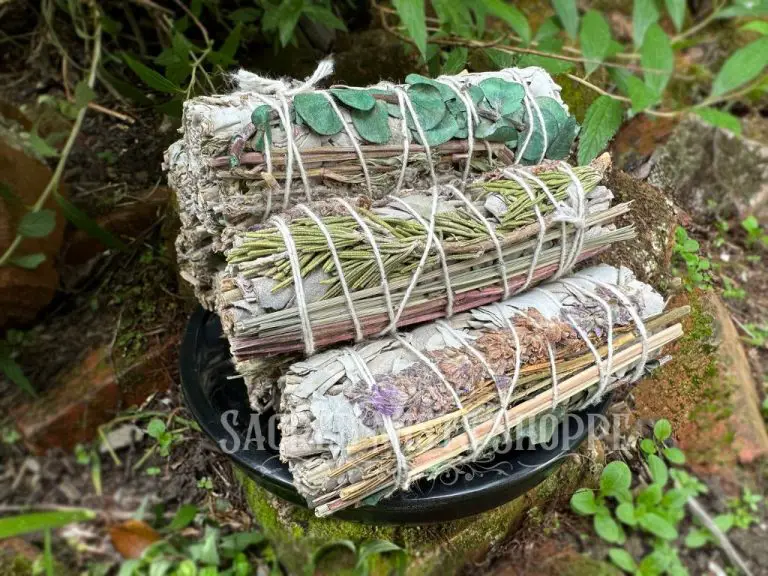What Does Nag Champa Smell Like?
Nag Champa is a type of incense that originated in India and Nepal. The name comes from the Sanskrit words “nag” meaning snake or cobra, and “champa” which refers to the Champaca flower. According to Wikipedia, Nag Champa incense was first created several hundred years ago by Kannappa Nayanar, one of the 63 Nayanar saints of the Hindu sect of Saivism in South India. The original formula combined sandalwood powder and the flowers of the Champaca tree.
Nag Champa was traditionally used in Hindu rituals and ceremonies. The earthy, floral scent was believed to enhance meditation and spirituality. Over the centuries, the popularity of Nag Champa incense sticks spread beyond India to places like China and the Middle East along ancient trade routes like the Silk Road. Today it is one of the most well-known incense fragrances, sold worldwide.
The fragrance of Nag Champa was first introduced to the United States in the 1960s and rose to popularity during the hippie culture and New Age movements of that era. It became associated with yoga, meditation, and Eastern spirituality. Since then, the distinctive smell of Nag Champa has remained a popular incense scent across North America and Europe.
Making Nag Champa Incense
Nag champa incense is made from a base of fragrant wood powders like sandalwood or pine mixed with fragrant materials like flowers, herbs, and resins. The primary ingredients in nag champa are sandalwood powder and champaka/frangipani flowers. The sandalwood provides the woody, earthy fragrance while the flowers lend a sweet, floral aroma.
Traditionally, the ingredients are hand-ground into a paste and then rolled onto bamboo sticks or other all-natural materials like wood or fiber. The incense is then air-dried before being ready for burning. Making nag champa is a labor-intensive process done by skilled artisans, mainly in India.
The major production centers for nag champa incense are in India, particularly in Mysore in the state of Karnataka, which is known for high-quality sandalwood production. Other major nag champa manufacturing hubs include Bangalore and Chennai. There are also producers in Nepal, Tibet, and other parts of South Asia where the ingredients and production expertise are available.
High-quality nag champa uses natural ingredients and production methods passed down through generations. Synthetic perfumes are sometimes used in mass-produced nag champa, altering the traditional scent. Consumers seeking an authentic nag champa fragrance will look for incense produced using traditional techniques and local ingredients.
Fragrance Notes in Nag Champa
Nag Champa incense is known for its rich, warm, spicy aroma. The fragrance is complex, with notes that evolve as the incense burns. Here’s an overview of the scent profile of Nag Champa:
Top Notes: The opening notes of Nag Champa tend to be brighter and more uplifting. Common top notes include citrus like bergamot or lemon, neroli, and cinnamon.1
Middle Notes: As Nag Champa burns, the heart notes emerge and add depth and richness. These include resinous balsam, floral notes like rose and jasmine, as well as violet leaf. 2
Base Notes: The base notes give Nag Champa its signature warmth. Sandalwood, vanilla, vetiver, patchouli, and musk come through as the incense finishes burning. These richer notes linger even after the incense itself fades away.1
While this scent profile is typical of Nag Champa, there can be some variation depending on the brand. Some versions may emphasize certain notes like sandalwood or vanilla more than others.
Aromatherapy Benefits
Nag Champa is commonly used in aromatherapy for its many health benefits. The warm, spicy scent of Nag Champa can promote relaxation and relieve stress. Studies show that inhaling Nag Champa’s fragrance triggers your limbic system, which controls emotions and hormone balance. This can lower blood pressure and heart rate, easing feelings of anxiety or tension.
The sandalwood, amber and floral notes in Nag Champa also have calming properties that enhance mood. Research indicates aromatherapy with Nag Champa incense can boost concentration, mental clarity and focus. Burning it while meditating or doing creative work can help increase productivity and mental energy.
Some additional benefits of Nag Champa aromatherapy include improved sleep quality, headache relief, and alleviated depression symptoms. The anti-inflammatory and antioxidant compounds in ingredients like sandalwood may also support immunity and skin health. Overall, Nag Champa incense has been prized in Indian culture for centuries as an uplifting aromatherapy aid.
Sources:
https://brahmas.co/blog/benefits-of-nag-champa/
https://incensesticks.com/blogs/news/what-is-nag-champa-6-reasons-why-nag-champa-incense-sticks-are-preferred
Using Nag Champa Incense

Nag Champa can be enjoyed by burning the incense sticks or using the essential oils. When burning Nag Champa incense sticks, it’s important to take safety precautions. Always keep the incense in a safe holder and on a heat-proof surface. Never leave burning incense unattended. The smoke can be bothersome for some, so make sure to open windows and allow for ventilation. Essential oils provide an alternative way to experience the scent without smoke. A few drops can be added to an oil diffuser or diluted with a carrier oil for topical use.
Here are some tips for enjoying Nag Champa incense:
- Burn during meditation, yoga, or prayer for focus and tranquility.
- Use an incense holder or plate to catch falling ash.
- Allow at least 15-20 minutes for the scent to fully permeate a room.
- Combine with calming music or nature sounds.
- Light one stick at a time for lighter scent.
- Open windows or use a fan if the smoke is too strong.
- Never leave burning incense unattended.
Nag Champa’s sweet, rich fragrance creates an aura of serenity. With responsible use, it can transport your senses and uplift any space.
Pairing Nag Champa with Meditation
Nag Champa has long been a popular incense for enhancing meditation. The rich, earthy fragrance helps create an ambiance conducive to focusing the mind. The act of lighting the incense can also become part of a meditation ritual. According to Prabhuji’s Gifts, “Like pure sandalwood, nag champa is a sacred incense that purifies any environment, energetically transforming your space into a meditation sanctuary” (https://prabhujisgifts.com/blogs/prabhujis-gifts-blog/116804868-all-you-need-to-know-about-nag-champa-incense). The aroma of Nag Champa is grounding yet uplifting at the same time. It can help settle a busy mind while also elevating consciousness. Many meditators find it creates the perfect backdrop for going inward.
The sweet, woody scent of Nag Champa permeates the space but is never overpowering. It subtly shifts the energy in a room to be more tranquil. The fragrance lingers long after meditation is over, evoking a sense of calm throughout the day. Lighting Nag Champa incense can signal the beginning of practice and become part of a consistent routine. The familiar smell each time you light it can put you in the right headspace for meditation. Much like lighting a candle, observing the smoke trails of Nag Champa can have a centering effect.
With its longstanding reputation as an aid for meditation, it’s no wonder Nag Champa remains popular today among those seeking mindfulness and inner awareness through fragrance and ritual.
Nag Champa in Culture
Nag Champa has a distinct cultural significance, particularly in relation to spirituality and religion. The incense is commonly used in Hindu and Buddhist religious ceremonies to purify spaces. According to Tiny Rituals, Nag Champa is burned at the start of religious ceremonies in India as a symbolic purification ritual. Additionally, the incense is used in Ayurvedic medicine and yoga practices.
Beyond religious ceremonies, Nag Champa also emerged in pop culture in the 1960s and 1970s. The incense gained popularity during the hippie movement and was associated with psychedelic culture. As noted by Reed’s Handmade Incense, Nag Champa became a staple in head shops during the 1960s. Additionally, the scent can be found referenced in various movies, music, and other pop culture from the era.
Today, Nag Champa remains strongly tied to the 1960s and the hippie movement in pop culture. The incense is still used by people seeking its nostalgic, earthy aroma and associations with spirituality. However, Nag Champa has also gained more mainstream popularity as people continue discovering its pleasant, unique scent.
Purchasing Nag Champa
If you’ve enjoyed the scent and benefits of nag champa, you may want to buy some for yourself. Here are some tips on purchasing nag champa:
Popular brands of nag champa include Satya Sai Baba and Shrinivas. Both offer sticks, cones, oils, and soap in the nag champa scent (Source). Sticks are the traditional and most common format, while cones tend to burn longer. Oils allow you to add the scent in diffusers or create your own custom products.
Look for fair trade and ethical nag champa when possible. Many major brands are committed to sustainably sourcing ingredients and providing fair wages and safe working conditions. However, some very cheap nag champa may involve unethical labor practices (Source).
Nag champa can be purchased online through major retailers or specialty shops. Locally, you may find it in yoga studios, metaphysical shops, natural grocery stores, and import stores. Purchasing directly from ethical importers and manufacturers helps support fair labor and environmental practices.
Nag Champa Alternatives
If you enjoy the warm, spicy aroma of Nag Champa but want to explore similar scents, there are several options to consider:
Other incenses with comparable scents include Shoyeido’s Autumn Leaves, which has woody and spicy notes like Nag Champa but with added cinnamon and clove. Hem’s Nag Champa is another option – it’s lighter and sweeter than the classic Satya Nag Champa.
For essential oil blends, mixing oils like patchouli, sandalwood, vanilla, and spices like cinnamon and clove can create a similar scent profile. Many candle companies offer Nag Champa-inspired scents as well, often with names like “Hippie” or “Boho.” These candles typically contain warm, earthy essential oils like patchouli, pine, cedarwood, and vetiver.
While no scent perfectly replicates the exact aroma of Nag Champa, exploring comparable incenses, essential oils, and candles can offer a similar sensory experience.
The Enduring Popularity of Nag Champa
Nag Champa incense has remained one of the most beloved incense scents for decades, with no signs of waning popularity. There are several key reasons Nag Champa continues to capture the hearts and noses of incense lovers worldwide:
Its rich, layered fragrance offers a uniquely soothing experience that blends sweet and spicy notes. Fans say the scent is “intoxicating,” “heavenly,” and reminiscent of “an Eastern temple.” As one reviewer raved, “No matter how many times I smell it, that first whiff when I open the box is magical.” (Source)
The special blend of ingredients like champa flowers, sandalwood, and halmaddi create a one-of-a-kind scent profile that can’t be replicated. It’s an authentic, natural aroma that offers a mini “aromatherapy session” in every stick.
Nag Champa is known for its calming, centering effects that promote relaxation, spiritual awareness, and positive energy. Burning it during meditation, prayer, or yoga enhances the experience. Many use it to create a peaceful ambiance in their home.
Given the ongoing mindfulness revolution and growing consumer demand for natural wellness products, Nag Champa is well-positioned for continued popularity. Brands are finding new, creative ways to package and market this incense while remaining true to its heritage. With versatile uses from aromatherapy to religious ceremonies, Nag Champa satisfies the needs of diverse consumers looking to add calm and tranquility to their lives.





